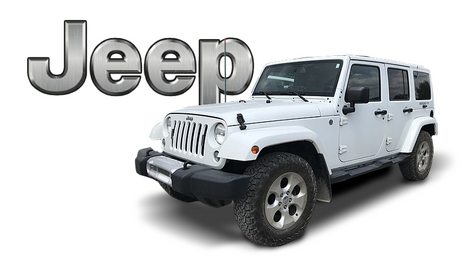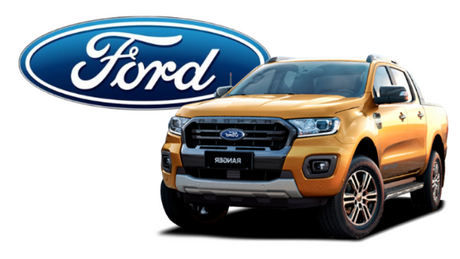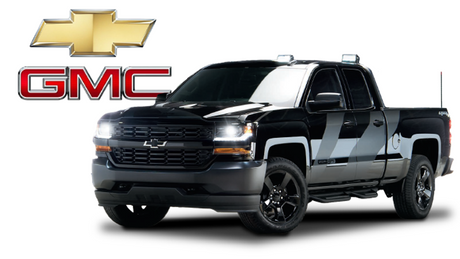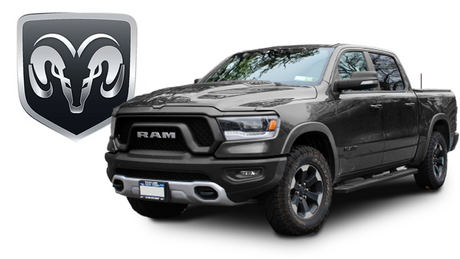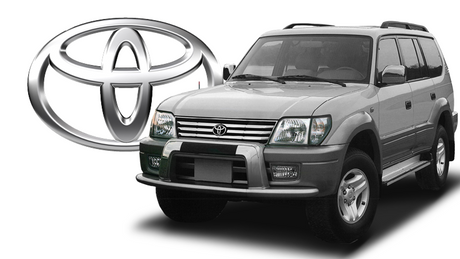The most common question asked about CB antennas is, "What kind of range can I expect?" This can be a tricky one to answer accurately, as antenna range is affected by a number of different variables. We will get to approximate ranges shortly, but it's important to first discuss the different factors that determine how far you'll be able to transmit and receive.
Factors That Influence Range
Antenna Length & Type: Everything else equal, longer antennas will always have a longer range than shorter antennas. Also, certain types of antennas have a longer range than others. For example, center-load antennas tend to have a longer effective transmit and receive range compared to fiberglass antennas of the same length.
Mount Location: Mounting location plays a large role as well. The higher an antenna is mounted, the better the range. If a poor mounting location is selected, this can dramatically cut the range to a fraction of its potential. For more information on selecting a good mounting location, please see our article on Selecting a CB Antenna & Mounting Location.
Installation Quality: Installation mistakes, such as not properly grounding an antenna, will lead to high SWR and limited range. To achieve the transmit and receive performance we indicate below, it's crucial your equipment is properly installed. For a great primer on ensuring your installation goes smoothly, see Elements of a Successful Installation.
Terrain: The surrounding terrain plays a huge role in determining range. Perched up on an overlook, you'll likely achieve significantly longer transmit and receive better ranges than those we list. Conversely, if you're in a deep, heavily wooded canyon, your range will plummet.
Antenna Quality: Name-brand antennas are most commonly associated with build quality and durability, but are also linked (albeit to a lesser degree) with range. If range is important to you, we recommend spending a bit more for a name-brand product, as you'll likely see an increase in performance over a generic, cheaper product.
Radio Power/SSB: Most CB radios transmit at a standard 4 watts of power with one exception: single side band (SSB) models. SSB radios have upper and lower sideband channels (just above and below the standard 40 CB channels) that transmit only the CB audio wave as opposed to both the audio and carrier waves. Broadcasting only on the audio wave enables SSB radios to transmit at 3x the power, or 12 watts, and significantly increase your range. If you're using an SSB radio, you can effectively triple the ranges listed below. If maximum range is important, you'll definitely want an SSB radio. Please note that, in order to take advantage of SSB's increased range, the person you're communicating with must also be using an SSB radio.
Approximate Range by Type and Length
The figures in this section are provided with the understanding that antenna range is influenced by a number of factors (discussed above). It's impossible to guarantee the effective range of a CB antenna for a specific vehicle or application. All figures assume that the antenna has been properly installed and tuned for acceptable SWR, and that you're operating on flat ground.
Single Fiberglass Antennas
2' Length: 2 to 3 miles
3' Length: 3 to 4 miles
4' Length: 4 to 6 miles
5' Length: 5 to 7 miles
Dual Fiberglass Antennas
Fiberglass dual antennas provide some benefits over single antenna installations. First, a dual installation will increase the effective range approximately 25% over a single antenna installation, especially parallel to the direction of travel. Second, having antennas on both sides of the vehicle improves overall coverage and prevents "dead spots" caused by an antenna being shielded by one side of the vehicle. To learn more, please see this article on the benefits of dual CB antenna installations.
2' Length: 2 to 4 miles
3' Length: 4 to 6 miles
4' Length: 5 to 7 miles
5' Length: 6 to 9 miles
Magnetic Antennas
Listed ranges assume the magnetic antenna is mounted directly on the center of the roof, the best location for mounting any CB antenna.
3' Length: 2 to 4 miles
4' Length: 3 to 5 miles
5' Length: 5 to 7 miles
Single Center-Load Antennas
7 to 10 miles
Dual Center-Load Antennas
Similar to fiberglass dual installations, center-load dual antennas provide a few benefits over single antennas. First, a dual installation will increase the effective range approximately 25% over a single antenna installation, especially parallel to the direction of travel. Second, having antennas on both sides of the vehicle improves overall coverage and prevents "dead spots" caused by an antenna being shielded by one side of the vehicle.
10 to 12 miles
Base Station Antennas
Base station antenna ranges are VERY difficult to estimate because they typically range from 15 to 50 miles. Terrain plays a large role, as there is much more variation in a 25- to 50-mile transmission radius than a smaller 5-mile radius for a mobile antenna. However, a properly installed base antenna can usually provided at least 15 miles of range and often significantly more.
Approximately 15 to 50 miles
Stainless Steel 102" Whip
Approximately 7 to 10 miles
NGP Antennas
Due to their unique construction, no-ground-plane (NGP) antennas have about 70% the range of standard ground-based antennas of the same length.
2' Length: 1 to 2 miles
3' Length: 2 to 3 miles
4' Length: 3 to 5 miles
Visit our Learning Center for more CB Radio How-To's and Buying Guides.


